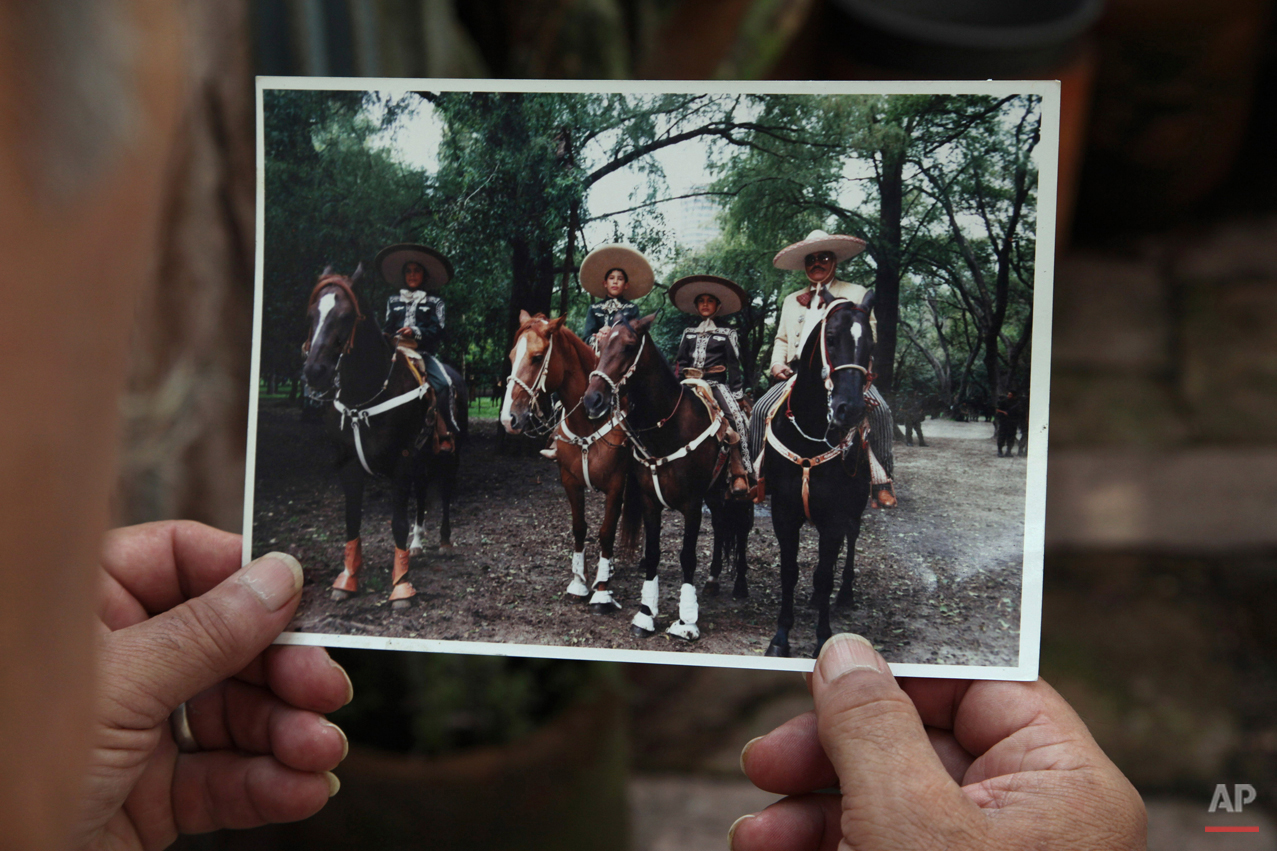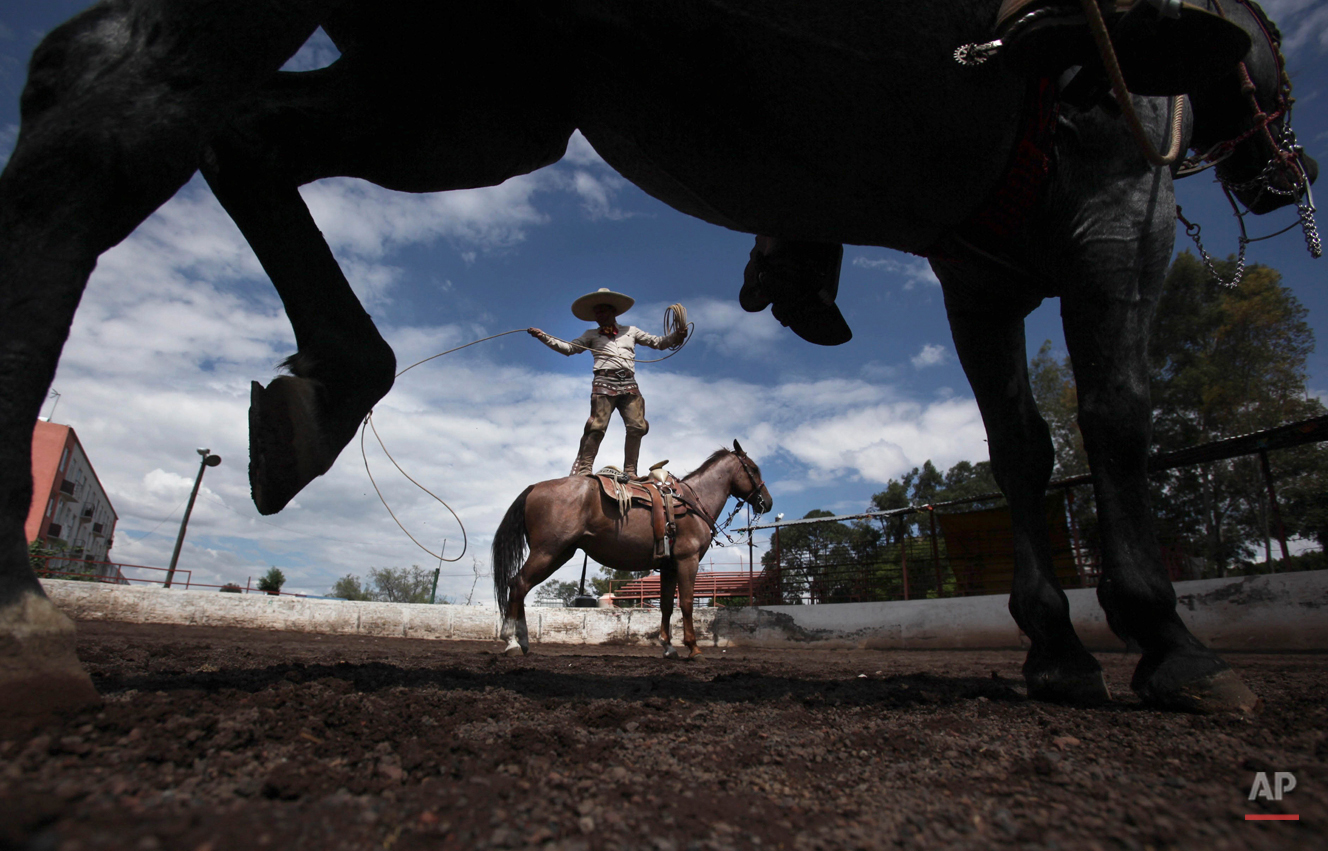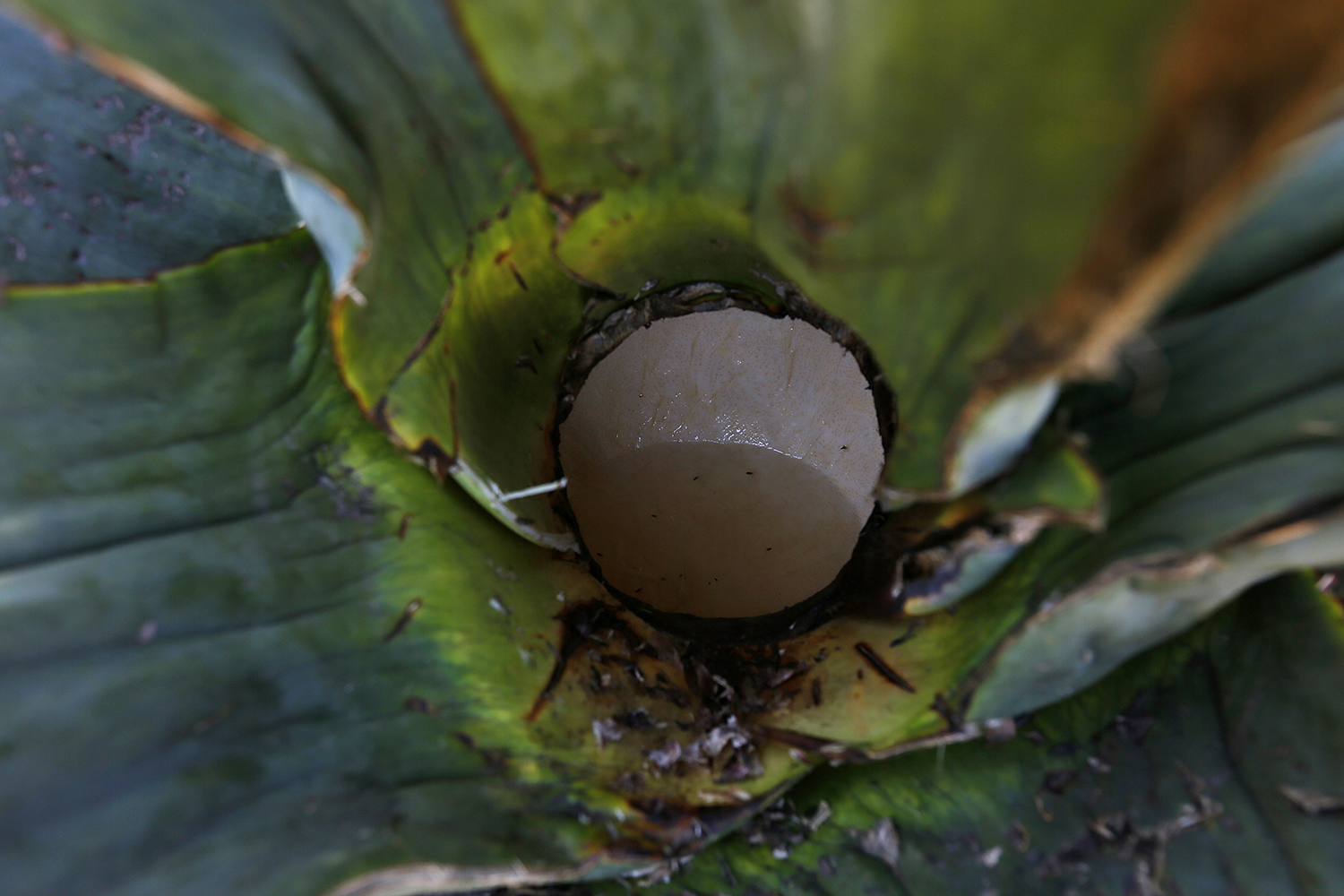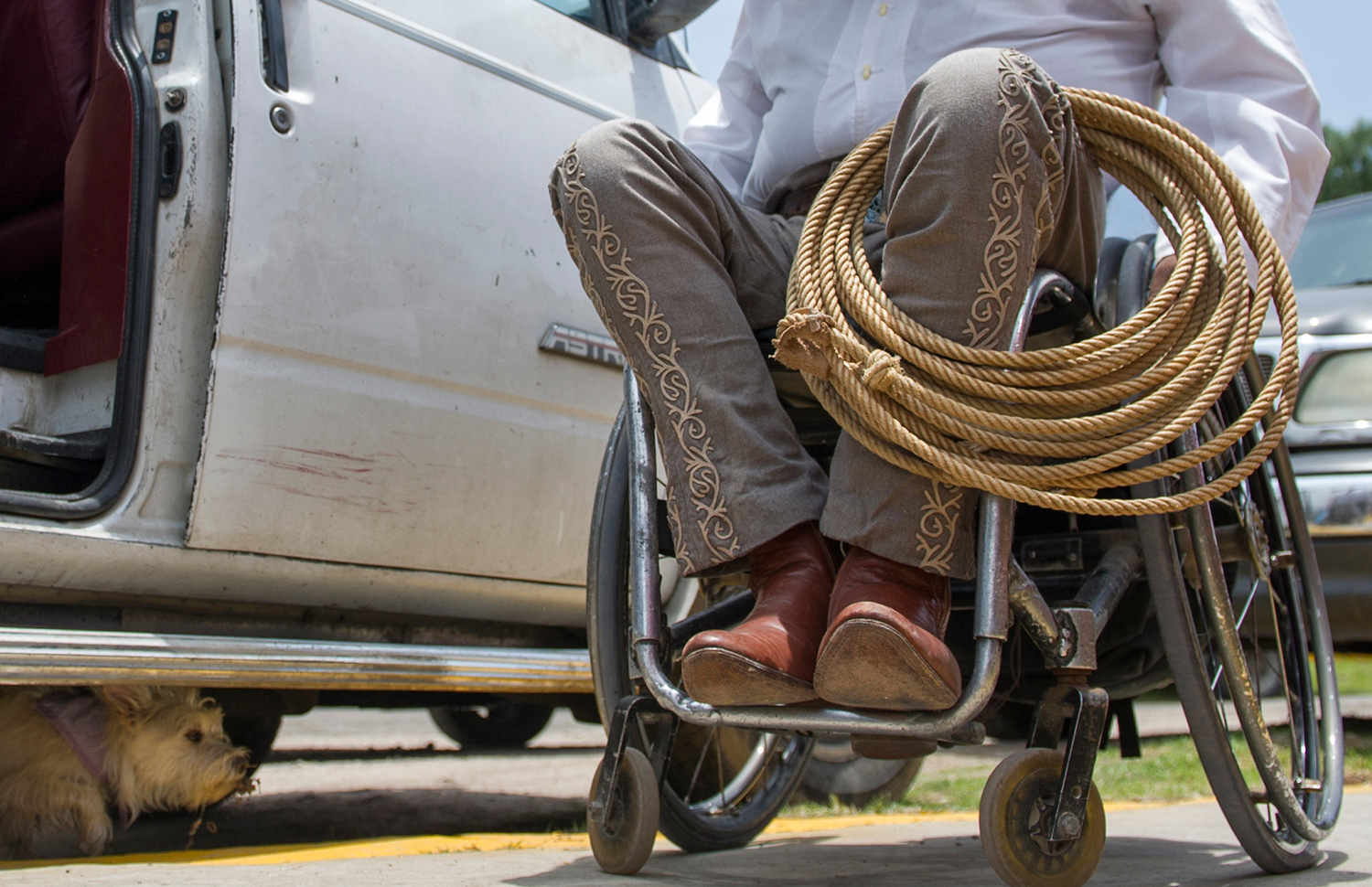Mexico's charro horse tradition

Since their arrival aboard Spanish ships in the 1500s, horses have been part of the story of the New World. In Mexico, there is perhaps no better representative of the country's combined cultures and history than the horse trained for "charreria," the Mexican version of a rodeo.
Horses competing in this embellished display of skills once necessary to ranch life, must be agile, well-tempered and intelligent — able to execute the commands of their charros, the horsemen whose traditional riding suits and wide-brimmed sombreros are part of the cultural iconography.
For the charro, his horse is as inseparable from himself as it is from the history of Mexico.
"We were conquered by horses, we gained our independence with horses, we made our Revolution with horses and we continue to love horses," said Daniel Flores Yeverino.
The 73-year-old Flores, who began learning the skills of a charro when he was about 5 years old, continues to participate in charreria tournaments, where riders compete in riding and roping events. His father and grandfather were charros, and his children and grandchildren have followed the path.
Just as charreria is a combination of Old World and New World influences, the horse preferred by charros is itself a combined breed: the American Quarter Horse, which descends from European thoroughbreds and the "native" horses derived from the various stocks brought by the Conquistadors. Other breeds such as Arabians are viewed as too high-strung for the demands of charreria.
Horses begin training for charreria at age 3. In Mexico, the career of charro horse runs about a dozen years — 15 if it is cared for particularly well, Flores said. Calm demeanor and strength are prized over lightning speed.
Horses can live another 20 years after their charreria days. Unfortunate horses may end their lives pulling rickety garbage carts through city streets or, at worst, a slaughterhouse. The lucky ones find second careers in breeding or as therapy horses.
One former charro horse, Pollito, works with therapist Columba Ortega to help children who suffer from emotional trauma or physical disabilities.
"The charro really loved this horse, but he didn't want it to fall into the wrong hands," Ortega said. "He didn't want anyone to mistreat it."
To read more, visit AP's Big Story.
Opening text from the AP Story, Mexico celebrates its charro horse tradition.
Spotlight is the blog of AP Images, the world’s largest collection of historical and contemporary photos. AP Images provides instant access to AP’s iconic photos and adds new content every minute of every day from every corner of the world, making it an essential source of photos and graphics for professional image buyers and commercial customers. Whether your needs are for editorial, commercial, or personal use, AP Images has the content and the expert sales team to fulfill your image requirements. Visit apimages.com to learn more.
Written content on this site is not created by the editorial department of AP, unless otherwise noted.
AP Images on Twitter | AP Images on Facebook | AP Images on Google+
Visual artist and Journalist
























